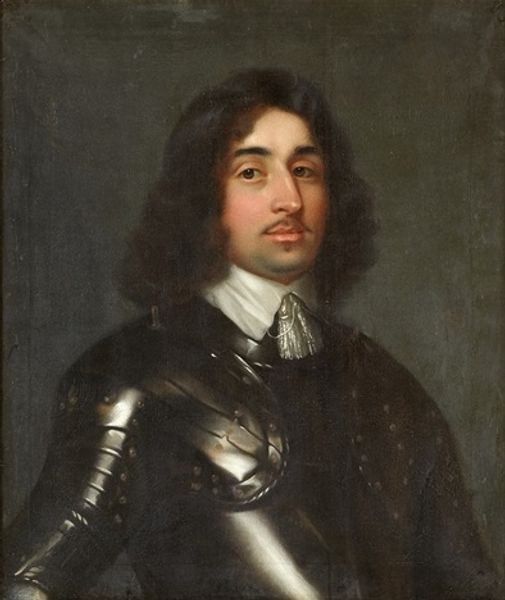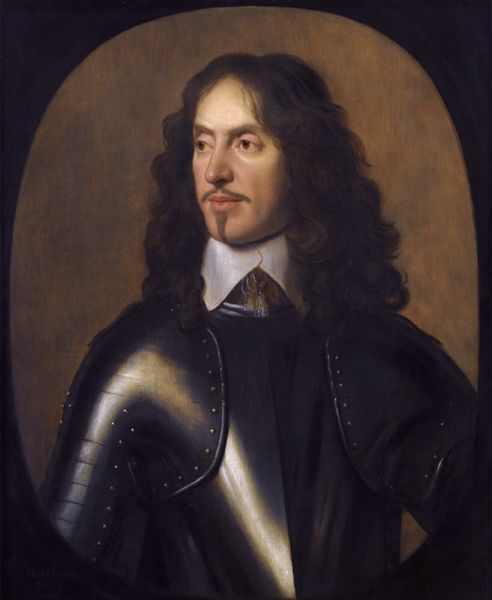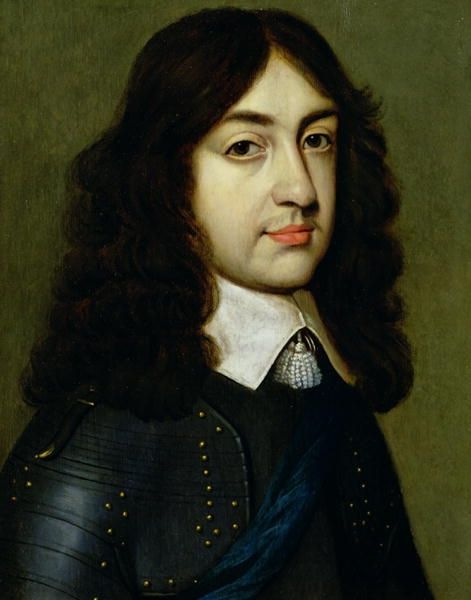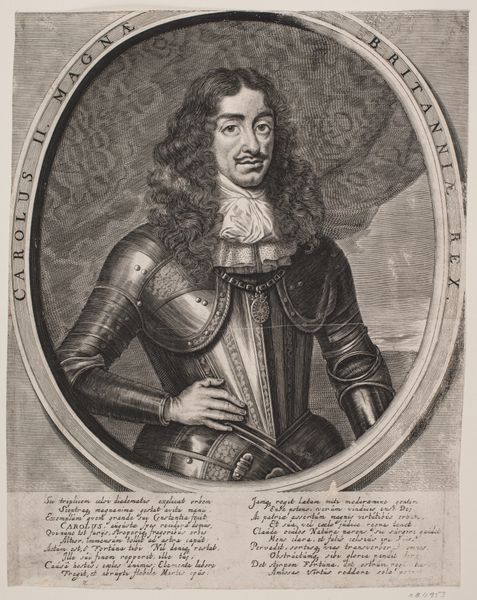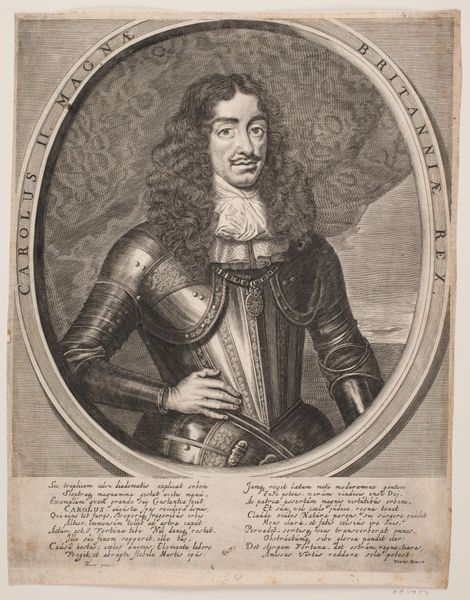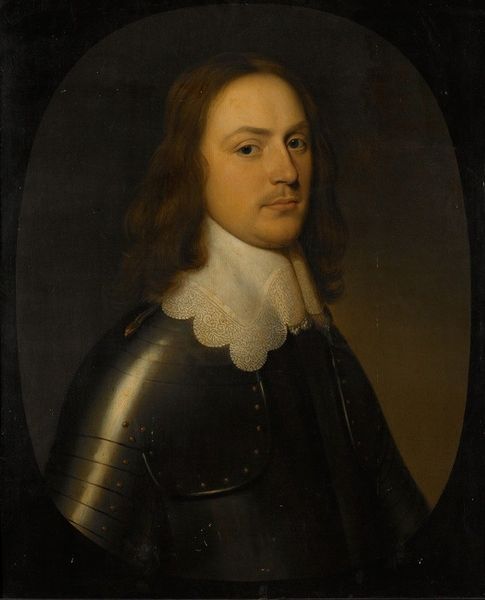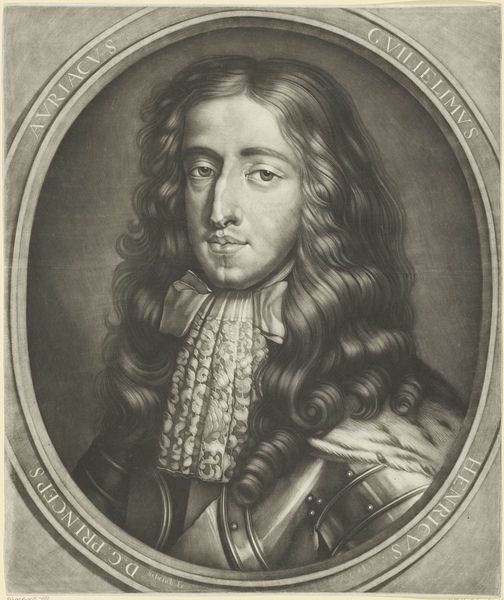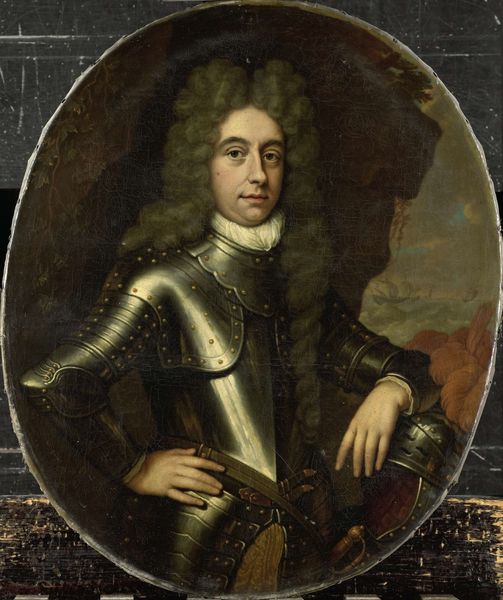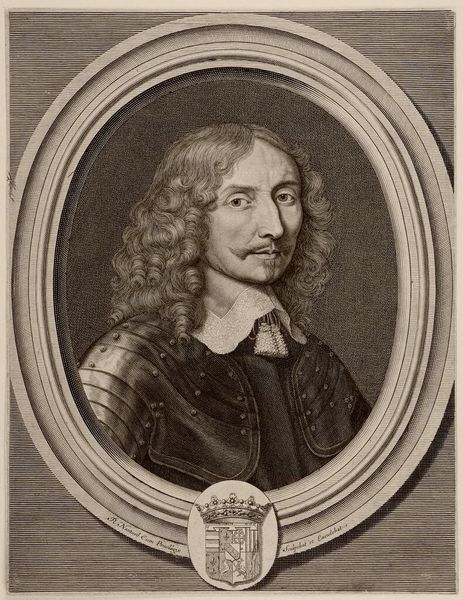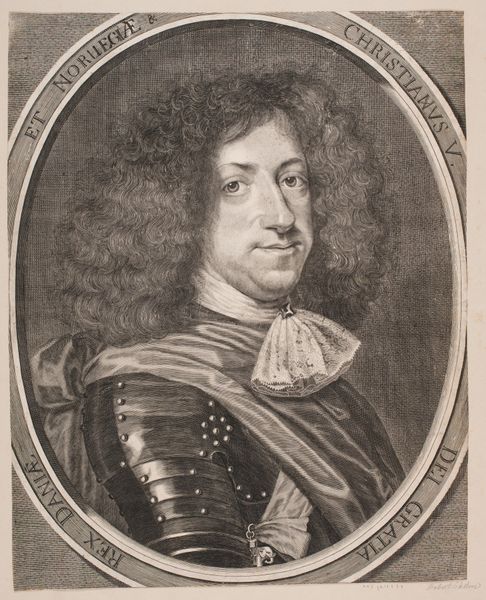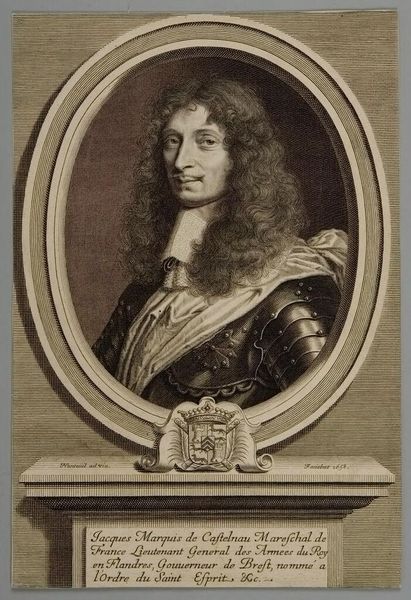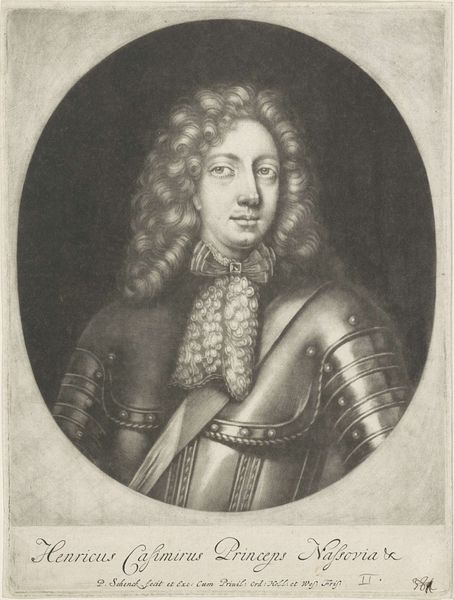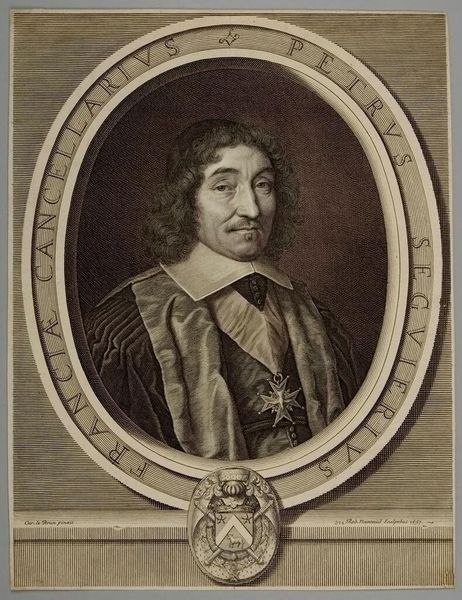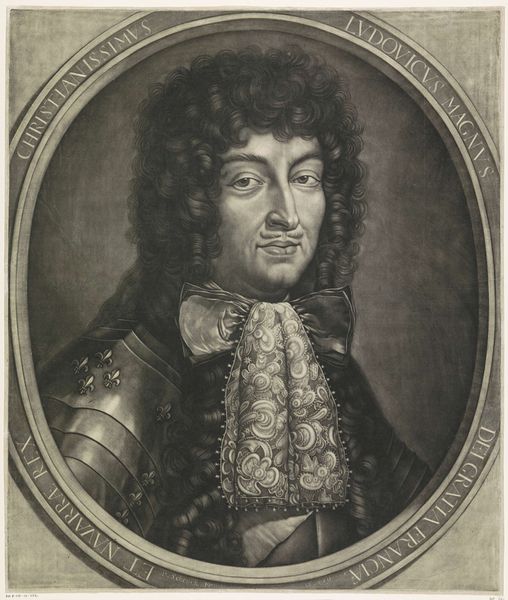
painting, oil-paint
#
portrait
#
baroque
#
painting
#
oil-paint
#
genre-painting
#
history-painting
#
academic-art
#
realism
Copyright: Public domain
Curator: This is Gerard van Honthorst's depiction of Lodewijk Van Nassau-Beverweerd, executed around 1650. It’s an oil painting. Editor: It’s quite a commanding presence, isn't it? The sitter is clearly positioned to project authority, although his facial expression conveys some gentleness, perhaps vulnerability? Curator: Indeed. Honthorst was known for capturing the status and aspirations of his sitters. Lodewijk was part of the Dutch nobility during a time of significant social and political upheaval. Portraiture at the time had evolved into a vital tool for constructing and conveying social identities. Editor: That's apparent here. Note the armour he wears; it certainly speaks to a history of nobility and military engagement, linking him to past glories and ancestral power. Also, the golden studs hint at affluence and refinement, a status symbol perhaps. Curator: The choice of attire is critical. It portrays him as a leader, emphasizing the historical lineage and present-day standing of the Nassau family. Think about the socio-political forces at play at the time. Editor: Right, and if we interpret that white collar as a symbol of purity and nobility, then contrast it with the hard, metallic sheen of the armour, we get a compelling juxtaposition. It's a figure walking the line between warrior and statesman. Is it intended to give insight into the person, or reinforce ideals of Dutch nobility? Curator: Very likely, it served both purposes. Van Honthorst operated within the structures of patronage. Paintings such as this one upheld the dominant cultural narratives about elite power and national identity. It’s interesting to ponder who the painting was made for and where it was hung. Editor: The subdued tones lend a gravitas to the subject, which, along with his controlled stance and slightly averted gaze, suggests profound thoughts. Considering symbols alongside history lets us reflect on what symbols endure and why. I find it interesting how individual identity intersects with its time. Curator: Agreed, art gives such unique insights into power structures that both persist, and undergo transformation across generations. Editor: This artwork’s fusion of personal identity and cultural ideals offers something to both reflect on, doesn’t it?
Comments
No comments
Be the first to comment and join the conversation on the ultimate creative platform.
